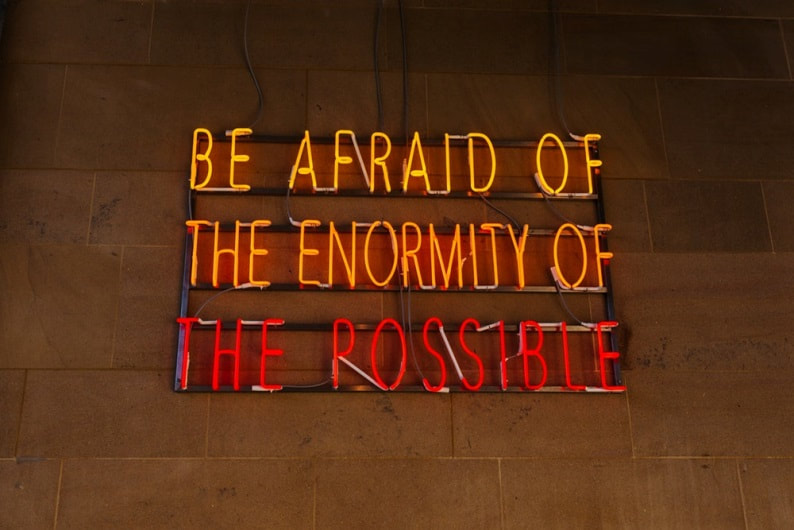These CEOs are part of the Business Roundtable, an association of chief executive officers of America’s leading companies. In total, these CEO members lead companies with more than 15 million employees and more than $7 trillion in annual revenue. Here’s the radical change:
- Since 1997, this group of corporate leaders has agreed on a principle – "The paramount duty of management and boards of directors is to the corporation’s stockholders." The interest of other stakeholders was "only relevant as a derivative of the duty to stockholders."
- Now this influential group is broadening its definition. It suggests ALL stakeholders should be considered in business decisions for the future success of companies, communities, and our country. More specifically:
- Delivering value to customers.
- Investing in employees.
- Dealing fairly and ethically with suppliers.
- Supporting the communities in which they work.
- Generating long-term value for shareholders.
- “Meet or exceed customer expectations” but what does your organization DO when there are specific delivery or reliability issues?
- “Deal fairly and ethically with suppliers” but what does your organization DO when significant, non-forecasted demand spikes or drops?
- “Invest in employees” but what does your organization DO when positions are outsourced / streamlined / eliminated? Does the work get reduced or simply reallocated to already busy staff?
- CLARIFY which principle their organization embraces – exclusive or inclusive stakeholder(s). Then document it and communicate it broadly internally and externally.
- ACTIVELY MEASURE and proactively address how frequently “stakeholder sweet spots” are hit (where action benefits multiple stakeholders at the same time compared to one exclusively)?
- INCREASE ACCOUNTABILITY and start with leaders. Accountability should be a personal choice, to proactively influence, take ownership, and deliver desired results. If one or more stakeholders are getting little to no attention, resources, or action – address it.
- ASK DIFFERENT QUESTIONS. Consider questions such as, how many of your current employees:
- Need to have a second job (full-time and/or part-time) in order to make ends meet?
- Qualify for and/or depend on any type of government assistance to survive (food, childcare, healthcare, etc.)?
- Would voluntarily leave if the right financial package were offered?
- Need to have a second job (full-time and/or part-time) in order to make ends meet?
Or questions like:
- Are we competing with our suppliers for the same limited talent pool?
- How many suppliers are too dependent on us?
- How is our benefits strategy impacting local community health care services and costs?
- How have mergers and acquisitions impacted local community primary and secondary education institutions?











 RSS Feed
RSS Feed


